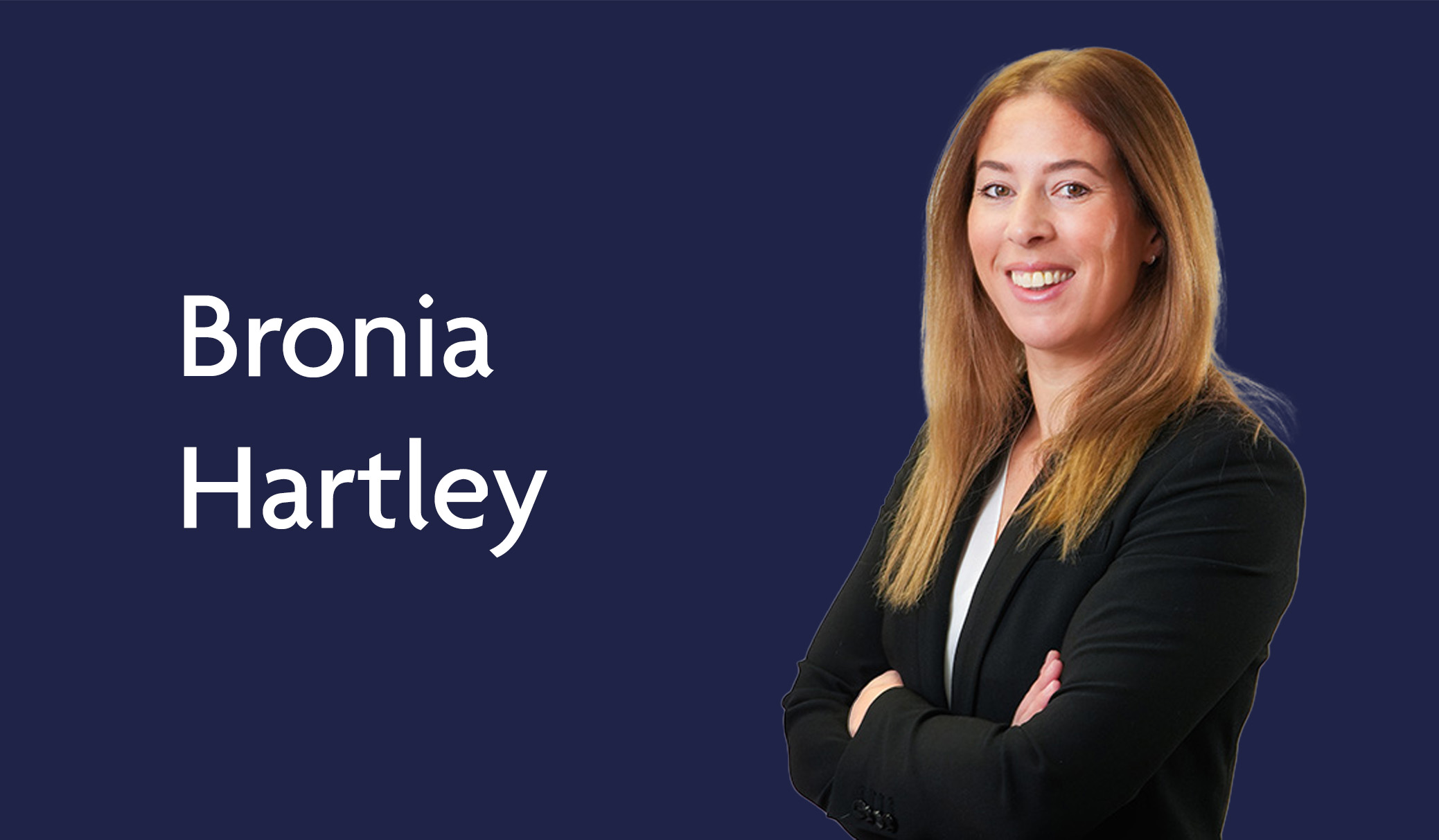Problems are posed where, after dissolution, a partnership business is continued by one partner. Such problems are longstanding. Frequently a husband and wife have run a business as partners (often without a Deed of Partnership). Following the breakdown of their marriage, one of them leaves whilst the other continues the business. This frequently raises the issue as to liability for the income earned from the business which is continued by the remaining spouse.
As a matter of elementary fairness, it seems unjust that the partner continuing the business should benefit both from having the facility of the business and the income it can produce. Section 42 Partnership Act 1890 seeks to facilitate justice entitling the partner who has ceased operating the business, to “such share of the profits… as the court may find to be attributable to the use of his share of the assets of the partnership…”. The problem always is how that share of the assets is to be assessed. The recent Court of Appeal decision in Sandhu -v- Gill [2006] 2 WLR 8 provides useful guidance. In that case, Messrs Sandhu and Gill (“S” and “G”) agreed to open the business as a residential home for the elderly. To that end a property was purchased for £171,000.
The partnership deed entered into provided that both partners should contribute half of the purchase price of the property each (£85,000). It was specifically laid down that whilst G had paid the full price of the property, S was going to pay the half share of the cost to be derived from the sale of two flats owned by him. It was also expressly provided that those two flats should be held in trust by S for himself and G as tenants in common and that G was entitled to the rents from the two flats until S had made his full contribution to the price of the residential home. In the event, S paid £21,000 towards the £85,000.
It was also expressly provided that the net profits derived from the operation of the residential home business was to be divided equally between the partners. Before the Master and subsequently on appeal before Lightman J, it was decided that S’s share for the purposes of calculating his entitlement to profit was not to be reduced by the fact of the non-payment of a substantial chunk of his contribution to the purchase of the residential home.
There was no dispute as to the fact that he was entitled to an equal share of the capital. The sole issue in the case was whether the partners had equal share to income. By a unanimous decision, the Court of Appeal decided that S’s entitlement had to be based on his share of the net partnership assets and not the gross partnership assets. Therefore his indebtedness to G fell to be deducted so that his share was the equivalent of 21/171th of the profits. Below it had been held that they were entitled equally. The court relied substantially upon Section 44 which lays down the rules for distribution of assets on final settlement of accounts.
This provides that :- “The assets…shall be plied in the following manner and order : (1) in paying the debts and liabilities of the firm to persons who are no partners therein: (2) in paying to each partner rateably what is due…to him for advance…(3) in paying to each partner rateably was is due…to him in respect of capital: (4) the ultimate residue, if any, shall be divided among the partners in the proportion in which profits are divisible”. It follows, that the calculation of entitlement to profit therefore falls to be carried out notionally as if there has been a final settlement of accounts. In practice, it meant that the entitlement of S to profit was virtually nil.
The decision runs contrary to the description of a partner’s “share” of the partnership assets given in Popat -v- Shonchhatra [1997] 1 WLR 1367, 1372, E-G that in the absence of any express guidance from the 1980 Act as to how the outgoing partner’s share of the partnership assets was to be calculated, it was :- “Necessary to have resort to the rule, well established well before the 1890 Act and no doubt recognised by Section 24, that, subject to any agreement, all the partners are entitled to share equally in the partnership property”.
This dictum had been one of the reasons for the decisions below. In general terms, one can see the justice in permitting G to retain the lion’s share of the profits. After all, apart from the £21,000 he had funded the entire cost of the venture. Nevertheless, it is often the case that the partner who has continued the business proposes to carry on running it so that there is no final sale of the assets. The best that can be done is to obtain valuations. Finding, therefore, an accurate figure for the relevant share in the partnership assets is by no means easy. In some cases, the premises may well have been altered or the business in some way changed which brings in problems of its very own in terms of valuation. However, to the writer’s thinking, in the case under consideration, one cannot help wondering why the Court of Appeal did not pay more attention to the express terms of the Deed of Partnership. In fact, one feels that this decision is a classic example of the need to “read between the lines” so common in chancery decisions.
Presumably, G retained a beneficial interest in the two flats which were Mr Sandu’s contribution or the basis of his contribution to the venture. He was expressly entitled to the rents from those flats until they were sold. One wonders whether he obtained that benefit as well as the lion’s share of the profits. If that were the case, the justice in the decision is less easy to discern.










